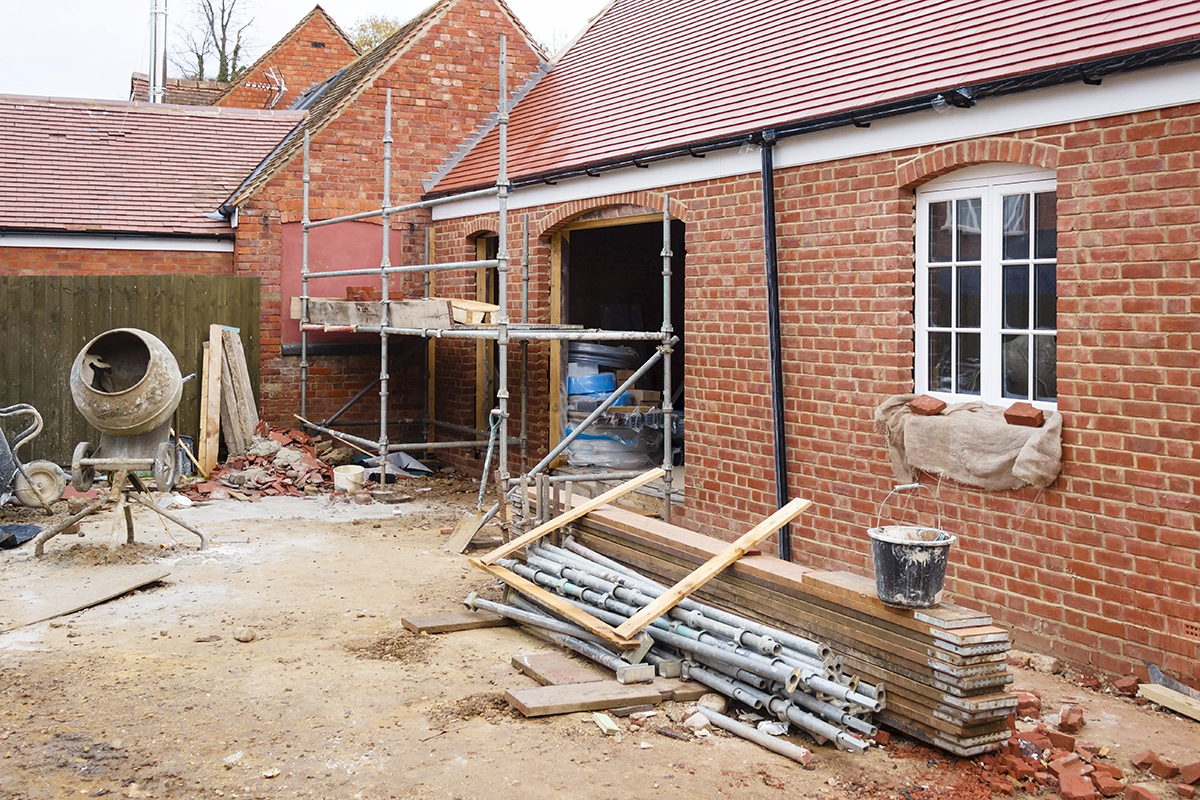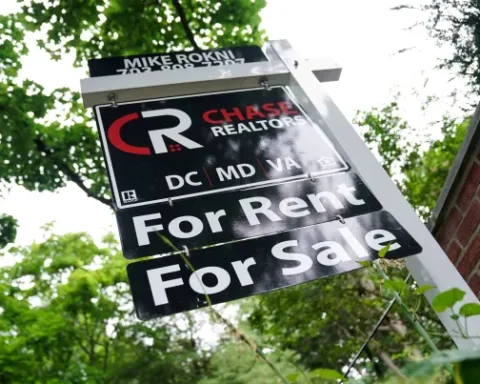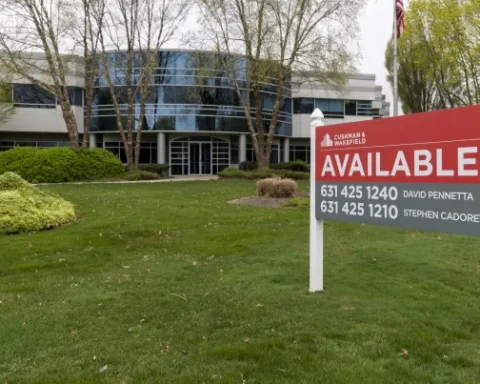The UK’s smaller housebuilding firms, often considered the industry’s foundation, are grappling with declining demand, escalating interest rates, labour shortfalls, and surging costs.
Steve Midgley, the head of Fairgrove Homes, laments the extended periods people now take to sell homes, resulting in longer intervals for contract exchanges. Previously, exchanges would take 4-6 weeks after reservations; now, it’s extended to 3-4 months.
The UK’s housebuilding market, often seen as a gauge of consumer trust, exhibits growing signs of strain. Major players like Barratt Developments have already slashed their housebuilding projections by 20% this year. Simultaneously, Taylor Wimpey highlighted a considerable rise in first-time buyers opting for prolonged mortgage durations.
Incentives like discounts and additional perks are being used by companies like Staffordshire’s Cameron Homes to coax hesitant consumers. Kate Tait from Cameron Homes points to uncertainties around interest rates as a significant factor behind delayed purchasing decisions.
This hesitation follows the Bank of England’s significant rate hikes, which recently peaked at a 15-year-high of 5.25%. This has unsettled the housebuilding sector, leading to a shift in buyer behaviour. Many now prefer nearing-completion properties, unlike the trend of purchasing plots during initial construction stages or even pre-build.
Recent data from the Nationwide building society indicates the steepest annual drop in house prices in the past 14 years. Despite the dip, a complete housing market collapse seems improbable due to factors like low unemployment.
Nevertheless, major builders are reeling from the downturn. Not only are they reducing projects and land acquisitions, but their profits are also shrinking significantly.
The predictions for the upcoming year remain bleak. Aynsley Lammin from Investec suggests a potential 25% dip in completed homes for 2023, followed by a slight recovery in 2024. Still, he remains optimistic, expecting this downturn to be less severe than the 2007-08 financial crisis.
This slump in housebuilding will invariably impact the broader UK economy. Charlie Campbell, an analyst at Liberum, projects a 0.6% GDP reduction due to the expected decline in new-build completions.
Smaller construction firms, making up the majority of the UK’s 342,000 builders, are feeling the pressure more than their larger counterparts. In the recent year, the construction sector saw the highest number of insolvencies, with over 1,100 firms closing between April and June.
Building material suppliers, too, are feeling the heat. Both Travis Perkins and Marshalls have signalled possible profit downturns, with Marshalls even initiating further job cuts and a factory closure.
The recent surge in building material costs after the Russian invasion of Ukraine has somewhat stabilized, with prices for timber and steel dropping, while costs for concrete remain high.
Long-standing systemic issues, like the drastic drop in small housebuilders from 12,000 in the 1980s to just over 1,000 today and elongated planning application processes, continue to plague the sector. Taylor Wimpey’s chief, Jennie Daly, finds the current planning system to be “extremely challenging,” noting the decline in local authority resources.
Housing shortages have persistently been a problem for the UK. Reports suggest a gap of 4.3 million homes that could have been built since the 1950s but weren’t, mainly due to outdated planning regulations.
Labour shortages, exacerbated by Brexit and an older workforce, further burden the industry. Though the government has taken steps to address this by easing the process for foreign builders to work in the UK, some believe this action is a year overdue.
The UK housebuilding industry, facing a confluence of economic, political, and systemic challenges, sits at a pivotal moment. While the road ahead appears tumultuous, particularly for smaller builders, potential solutions such as revised planning systems, more effective labour force strategies, and sustainable financial models could pave the way for resilience and growth. The journey will require collaboration between stakeholders and a shared commitment to addressing the nation’s housing needs amidst evolving global scenarios.







